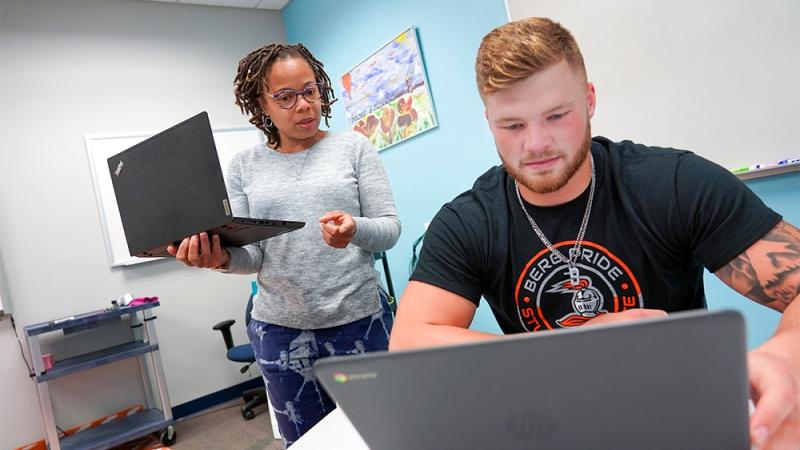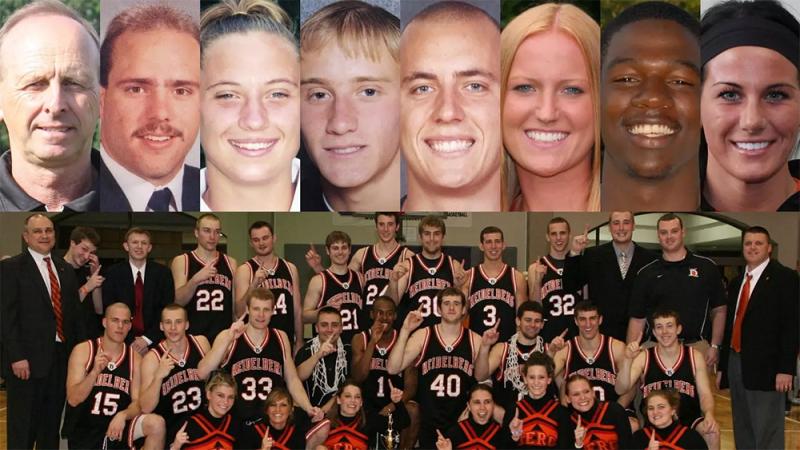No total eclipse here, but still a first for many

The viewing deck atop Gillmor Hall might be a bit crowded on Monday. As we know, a large swath of the U.S. will experience a total solar eclipse. Physics professor Dr. Steven Velasquez plans to take in the phenomenon on the roof with special solar binoculars and a telescope.
“For many students in the area, it’ll be a first,” he said. “With eclipses, there’s actually a lot of science going on that people don’t realize. It’s pretty cool.”
Who will see the total eclipse?
Not us. The total eclipse will stretch coast to coast -- from Oregon to South Carolina, passing through Idaho, Wyoming, Nebraska, Kansas, Missouri, Illinois, Kentucky, Tennessee, Georgia and North Carolina. Its path will be about 70 miles wide. It’s the first total eclipse to go coast to coast in 99 years, so yes, for millions, it will be the celestial event of a lifetime.
What will we see?
During a total solar eclipse, the sun’s disk is completely covered by the moon, revealing the sun’s outer atmosphere, called the corona.
Tiffin, Ohio, isn’t in the path of the total solar eclipse and won’t experience total darkness. Instead, we’ll see about 84 percent coverage; a “new” moon will partially block our view of the sun, which will appear as a crescent shape, explained Steve, who also teaches astronomy. Beginning about noon, we’ll see the effects of the eclipse for about three hours.
“It will be darker, but our partial eclipse won’t give us that ‘wow’ factor that you have with a total eclipse,” he said.
What to do for safe viewing
A little common sense will go a long way here. It’s only safe to look at the sun with the naked eye during totality – a brief 2-1/2 minute span when the moon completely obscures the sun. Beyond that, it’s never safe to view a partial eclipse without proper eye protection, according to Steve. Those who do risk serious damage to their eyes.
Using sunglasses isn’t enough. You need specialized solar viewing glasses. Space.com says that binoculars, cameras and telescopes are not necessary but can be used during totality – as long as they are fitted with solar filters.
So in other words, it’s probably best not to use your cell phone camera, either.
Check out this Space.com website for more information about safe viewing.
A warm-up for ‘the big one’?
While some people here might be disappointed -- we won’t experience total darkness or a dramatic temperature drop on Monday – our time’s coming. In April 2024, a total solar eclipse will appear from Texas, through the Midwest and northeastern U.S., including Ohio.
“If you can wait seven years, that one will literally be on top of us,” Steve said. “So this one is really a warm-up.”




